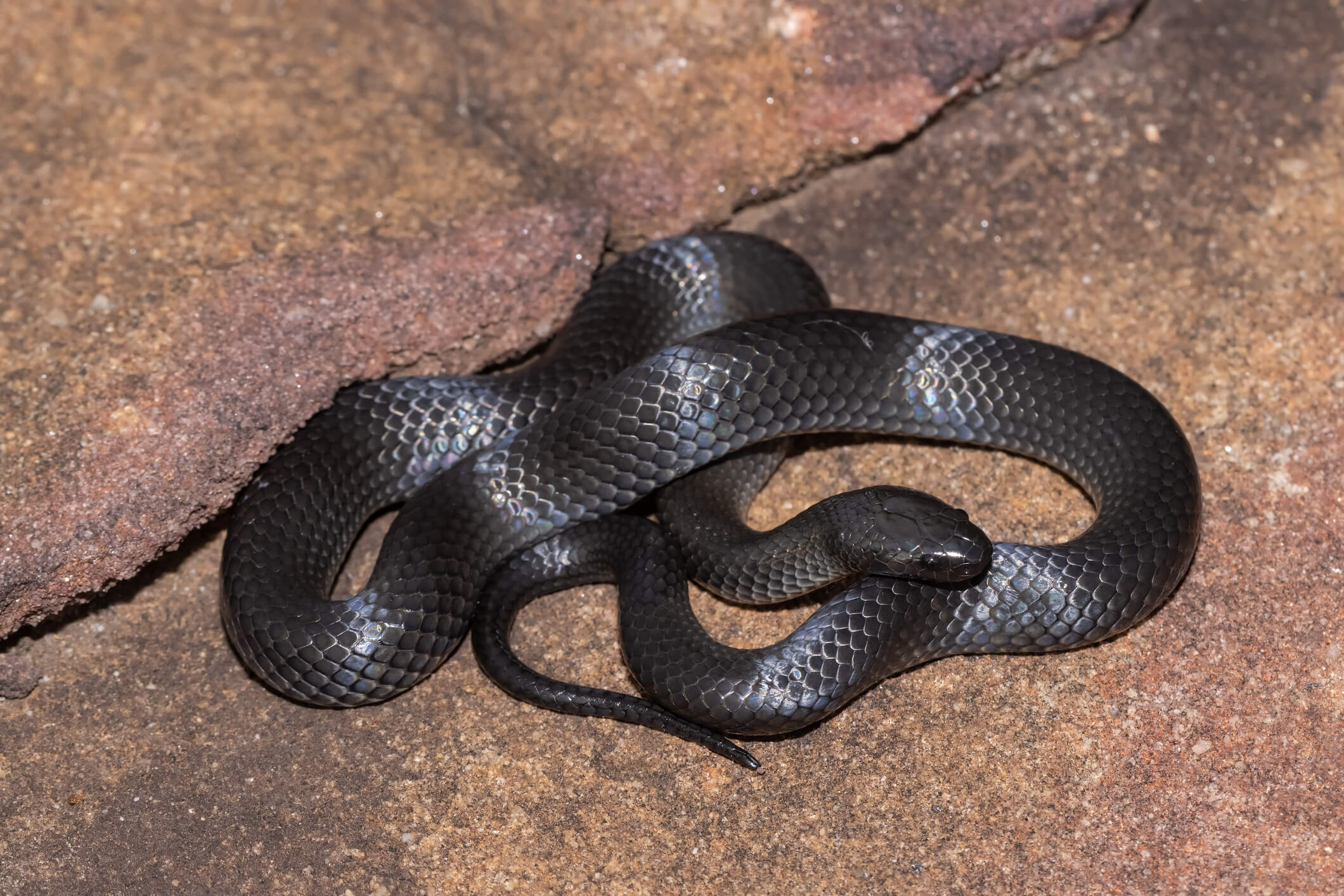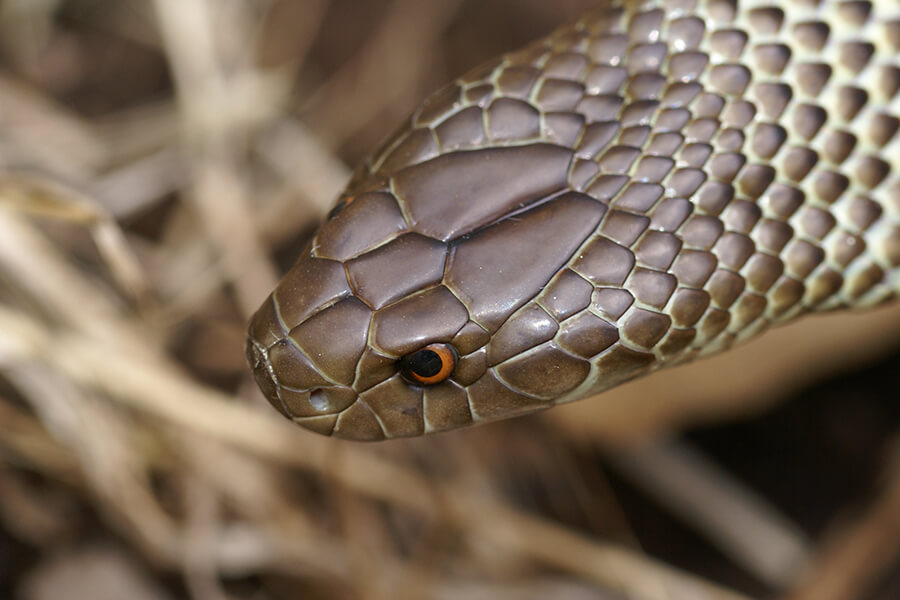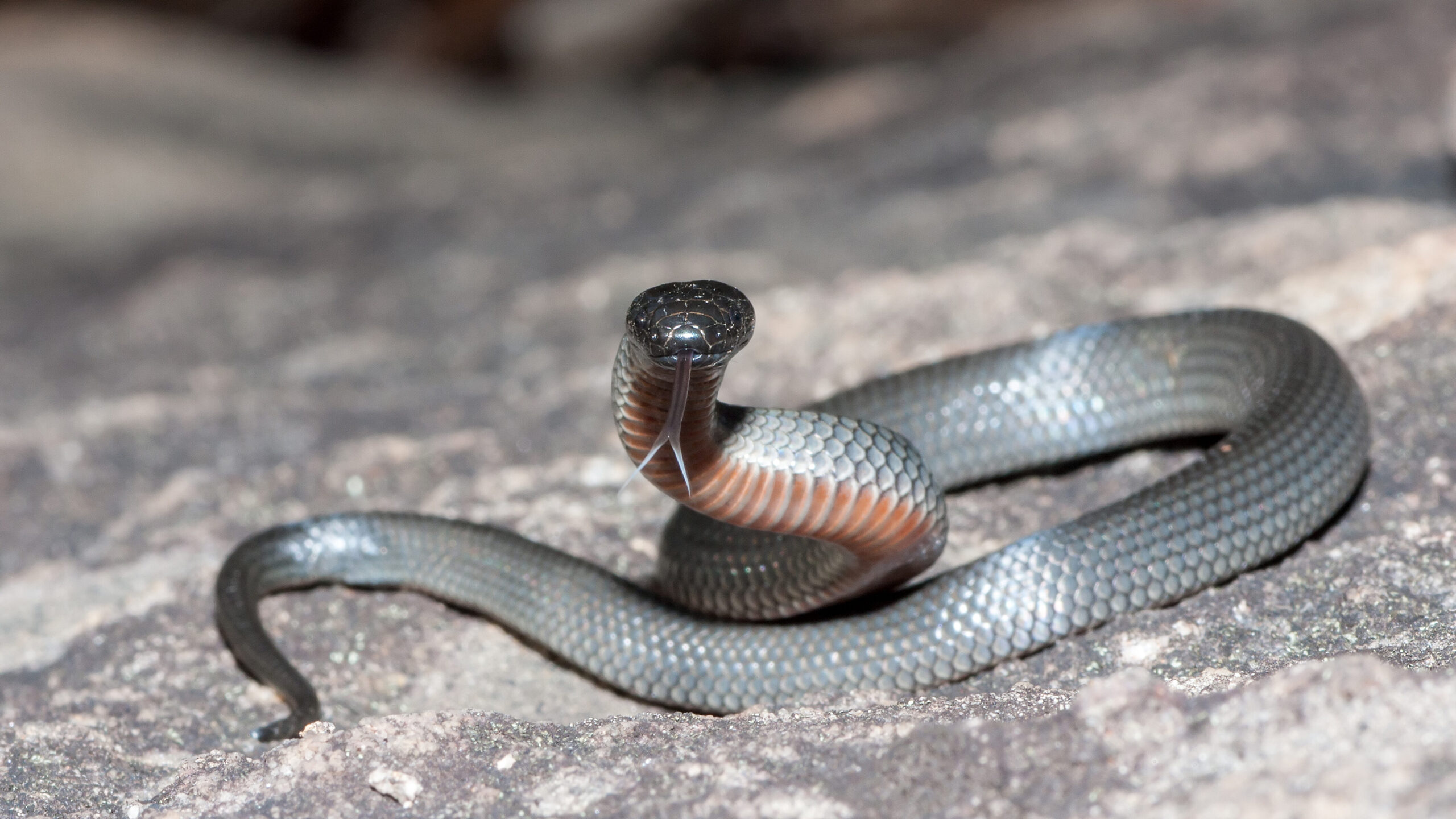Introduction
The Tasmanian tiger snake, clinically referred to as Notechis scutatus, is one of Australia's many appealing reptiles. Found mostly in Tasmania and its surrounding islands, this serpent has actually garnered focus not just for its striking appearance however also for its intricate actions and vital function in the community. This short article will check out the different facets of the Tasmanian tiger serpent's environment, behavior, composition, and communications with people while giving necessary information concerning safety measures treat snake bite first aid in situation of a snake bite.
Whether you're a researcher, a wild animals fanatic, or just somebody curious about these fascinating creatures, this comprehensive guide guarantees to provide understandings that are both interesting and engaging. So allow's embark on this trip to recognize the Tasmanian tiger serpent better!
The Tasmanian Tiger Snake: An Overview
Physical Features of the Tasmanian Tiger Snake
Tiger snakes are defined by their distinct pigmentation and patterns. They normally display a mix of yellow or cream red stripes on a dark brown or black background-- therefore the name "tiger." Adult tiger serpents can mature to approximately 2.1 meters long, although most individuals balance around 1.5 meters.
Key Functions:
- Coloration: Varies from dark brown to olive environment-friendly with lighter bands. Size: Grownups typically range from 1.2 to 2.1 meters. Head Shape: Clearly broad with popular eyes.
Distribution and Habitat of the Tasmanian Tiger Snake
The Tasmanian tiger serpent mostly lives in coastal areas, marshes, marshes, and meadows in Tasmania. It grows in atmospheres where it can quickly gain access to water sources given that it is usually located near streams or lakes.
Habitat Preferences:
- Wetlands: Perfect for searching prey like frogs and small mammals. Coastal Areas: Deals bountiful food resources. Grasslands: Offers cover and basking spots.
Understanding Tiger Serpent Behavior
Feeding Practices of the Tasmanian Tiger Snake
Tiger serpents are carnivorous and opportunistic feeders. Their diet plan is composed generally of frogs, fish, small creatures, and birds. They rely on their keen vision and swift movements for hunting.
Dietary Break down:
- Frogs: A primary part as a result of abundance in marsh habitats. Fish: Frequently captured when swimming in shallow waters. Small Mammals: Occasionally exploit rodents.
Breeding Behavior of the Tasmanian Tiger Snake
Tiger snakes have a remarkable reproductive cycle. Mating typically occurs in spring after emerging from hibernation. Female tiger serpents types of black snakes in Australia give birth to live young instead of laying eggs, which is somewhat special among reptiles.
Reproductive Cycle:
- Mating Season: Springtime (September to November). Gestation Period: About 3 months. Litter Size: Ranges from 20 to 40 baby tiger snakes.
Aggression and Defense Mechanisms of the Tasmanian Tiger Snake
Though they can be aggressive when endangered, tiger snakes usually like to pull away rather than face threat straight. Their primary defense mechanisms consist of biting when collared or displaying their dimension via hissing.

Defensive Strategies:
- Hissing Audio: A warning signal indicating distress. Bite Reaction: A last option when getaway options are limited.
Are Tiger Snakes Venomous? Comprehending Their Venom
Venom Structure and Effects
Yes! The Tasmanian tiger snake is venomous. Its poison has neurotoxins that can create serious injury or even death if left without treatment. The impacts of a bite can include paralysis, swelling at the bite site, queasiness, and other systemic symptoms.
Venom Attributes:

- Neurotoxic Elements: Impact nerve system functioning. Hemotoxic Effects: Can bring about cells damage.
Common Signs Following a Tiger Snake Bite
Recognizing signs without delay is important for effective emergency treatment monitoring after a serpent bite:
- Severe pain at bite site Swelling Nausea or vomiting Difficulty breathing
First Help for Serpent Bites: What You Need to Know
Immediate Steps After a Tiger Snake Bite
In case you run into a scenario involving a tiger snake bite, it's necessary to act rapidly:
Call emergency situation solutions immediately. Keep the affected arm or leg debilitated in mind level. Remove limited clothes or precious jewelry around the bite site.Creating Your Serpent Bite Emergency Treatment Kit
Having an effectively stocked emergency treatment package can make all the difference Check out this site throughout emergencies:|Item|Purpose|| ------|---------|| Compression plaster|To paralyze arm or leg|| Splint|To support damaged area|| Antiseptic wipes|For cleaning wounds|
FAQs Concerning the Tasmanian Tiger Snake
What do baby tiger snakes eat?
Baby tiger serpents primarily eat little bugs and amphibians until they expand big enough to quest larger victim like frogs or little fish.
How harmful is a tiger snake bite?
A tiger serpent bite can be extremely hazardous as a result of its powerful venom; immediate clinical focus is important for survival.
Where are eastern tiger snakes found?
Eastern tiger serpents live in coastal regions across southeastern Australia however are less common than their Tasmanian counterparts.
What must I do if I see a tiger snake?
Maintain your range; do not try to handle it unless you're trained to do so-- most bites take place throughout efforts at capture or mishandling.
Can I endure without antivenom after being bitten?
While some individuals may survive without antivenom depending upon various variables such as health and wellness problems and time taken for therapy; looking for prompt medical aid is constantly suggested as it substantially raises survival chances.
Are there any type of specific precaution I need to take while hiking in Tasmania?
Always put on strong boots, remain on marked tracks, prevent tall turf where visibility might be limited; acquaint on your own with local wild animals prior to heading out into nature!
Conclusion
The Tajamanian tiger serpent represents a crucial part of Australia's abundant biodiversity landscape both environmentally as predators and culturally as symbols within Australian mythology. Understanding their environment choices along with actions provides insight right into just how we can exist together safely while valuing wildlife borders-- remembering that recognition leads us in the direction of safer experiences outdoors!
By staying informed concerning possible threats such as envenomation from attacks while additionally taking preventive measures guarantees favorable experiences when experiencing these fascinating creatures!

In conclusion, whether you're interested by their striking appearance or mesmerized by their intricate actions-- the Tasmanian tiger snake most certainly is worthy of acknowledgment beyond plain attraction-- it envelops nature's beauty intertwined elaborately within our ecosystems!